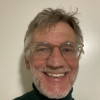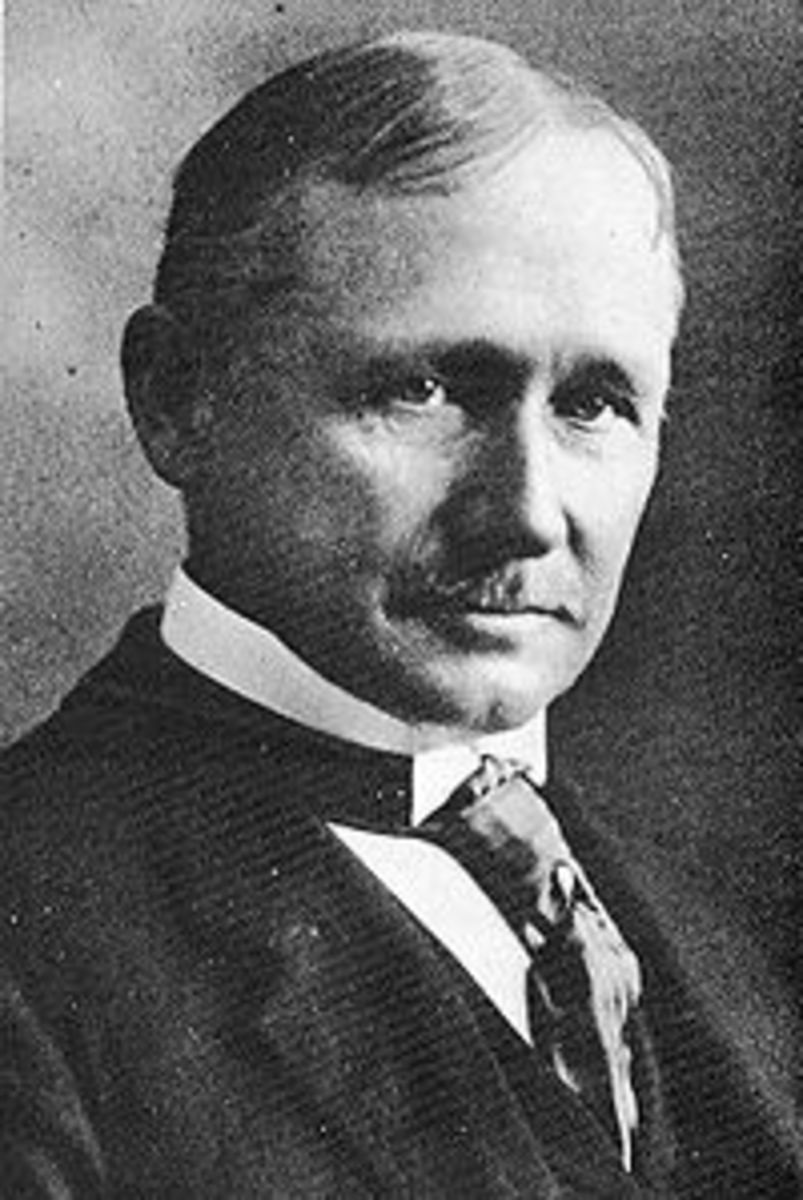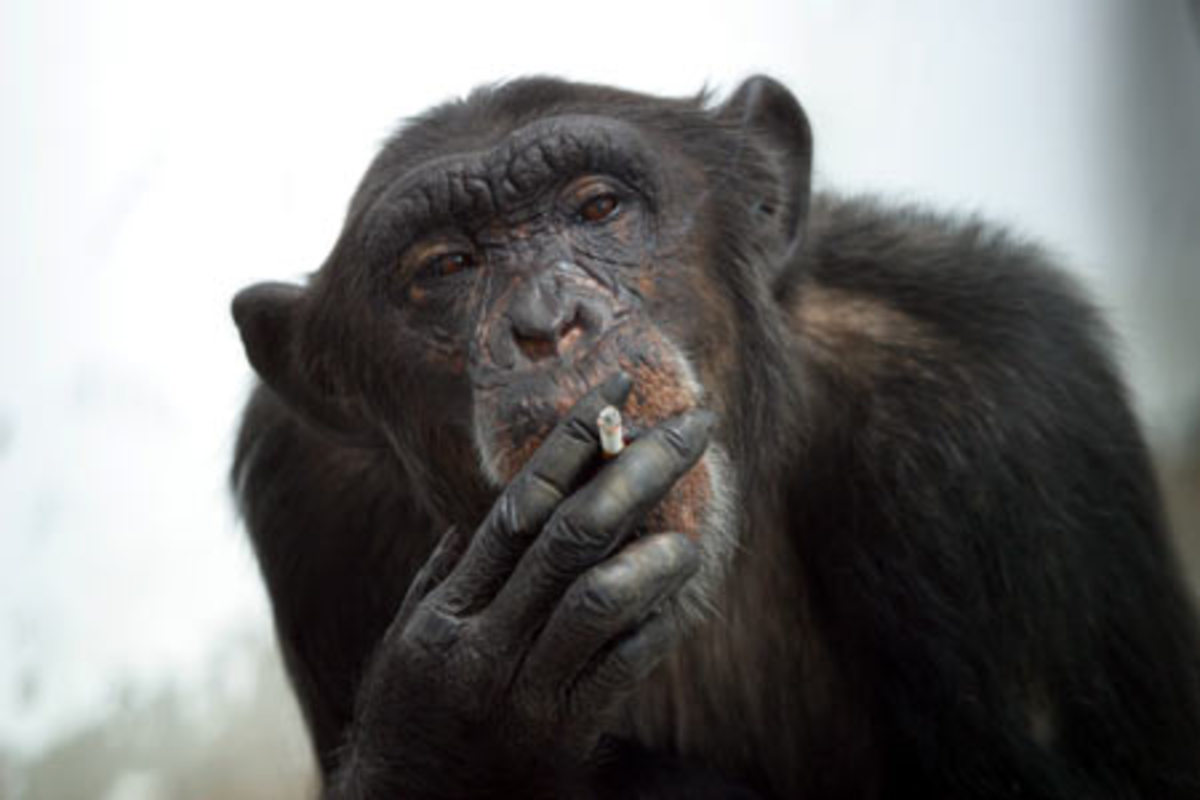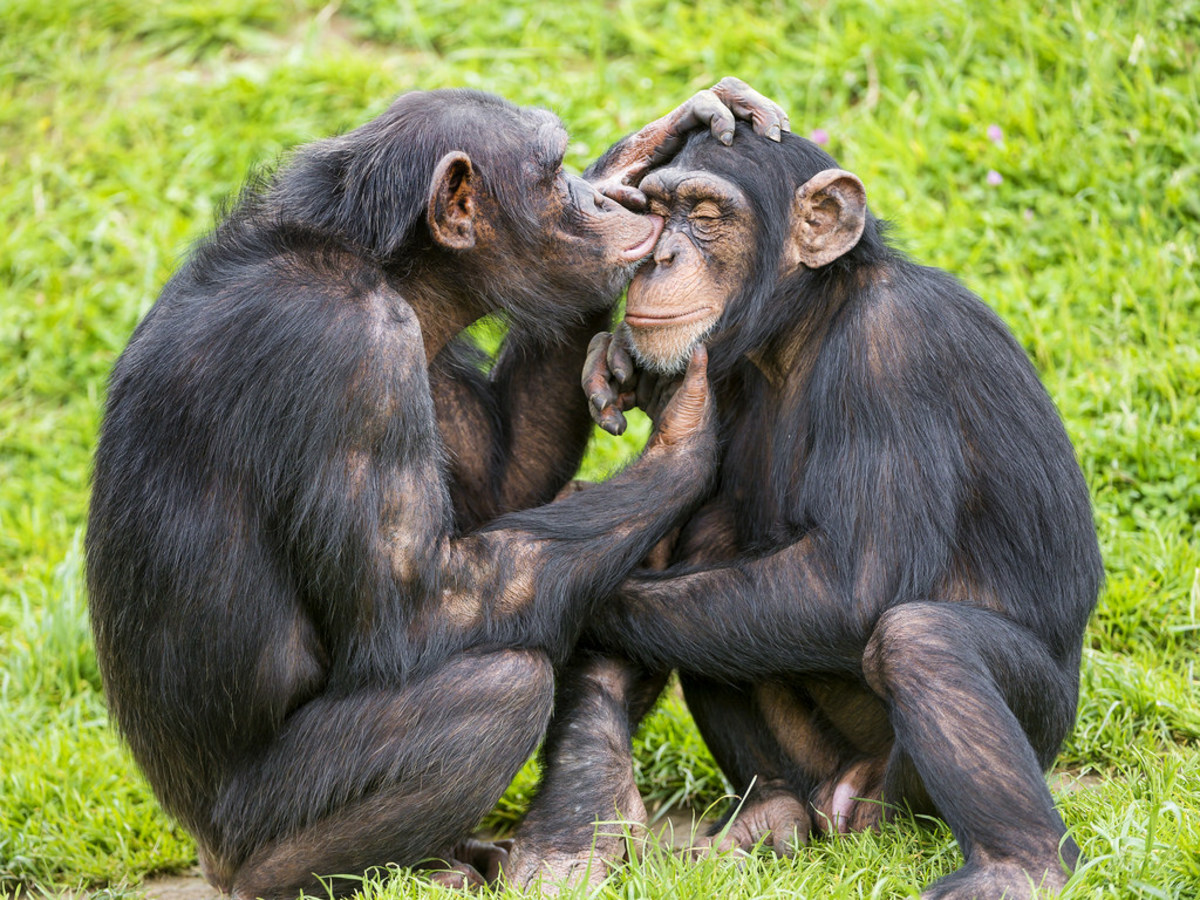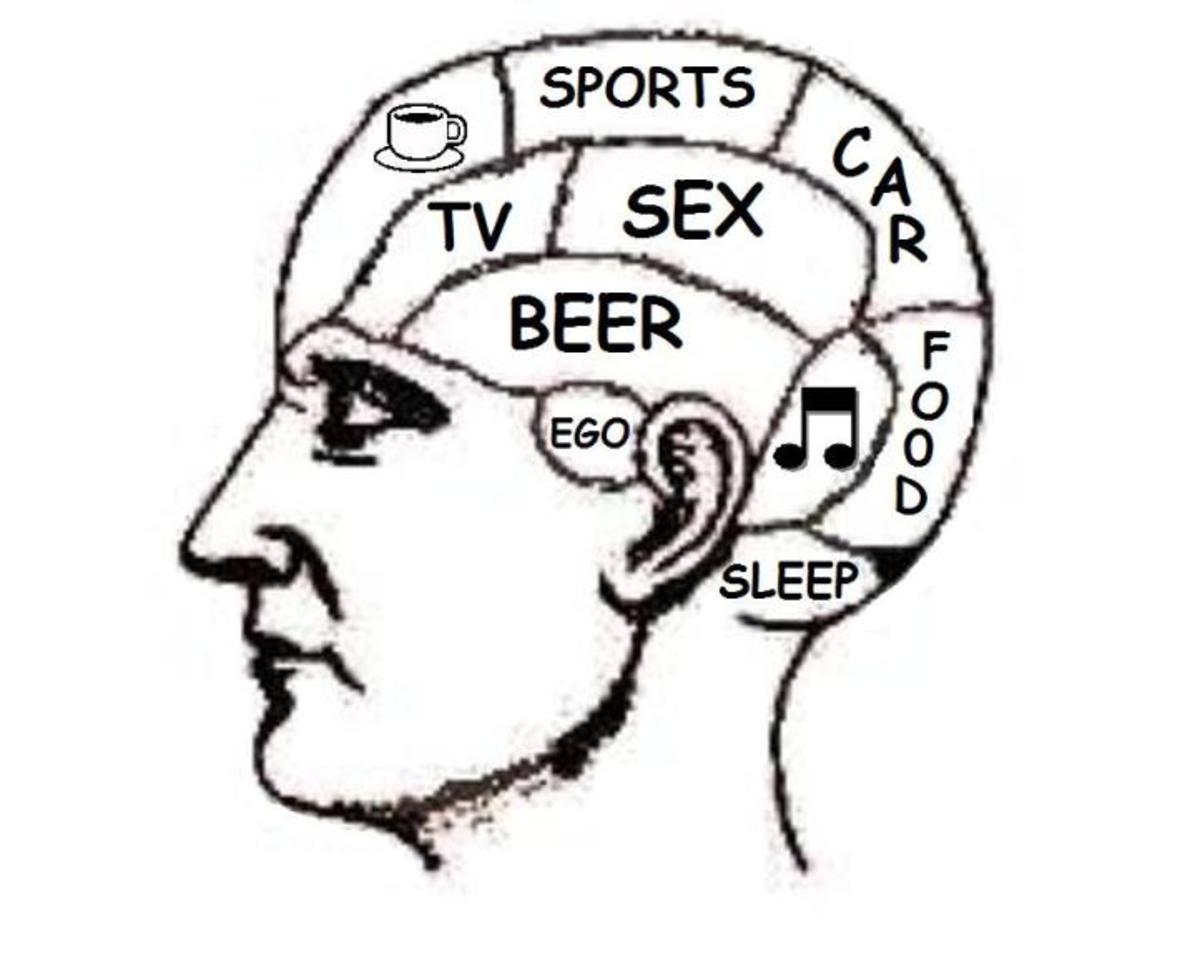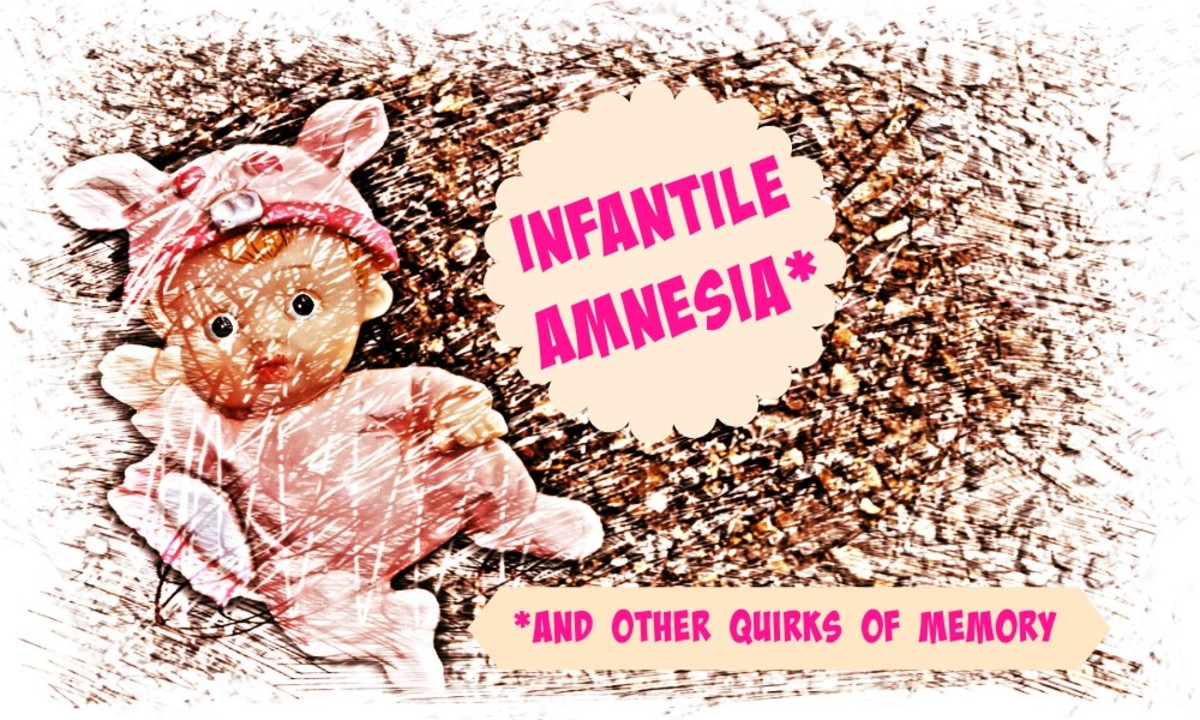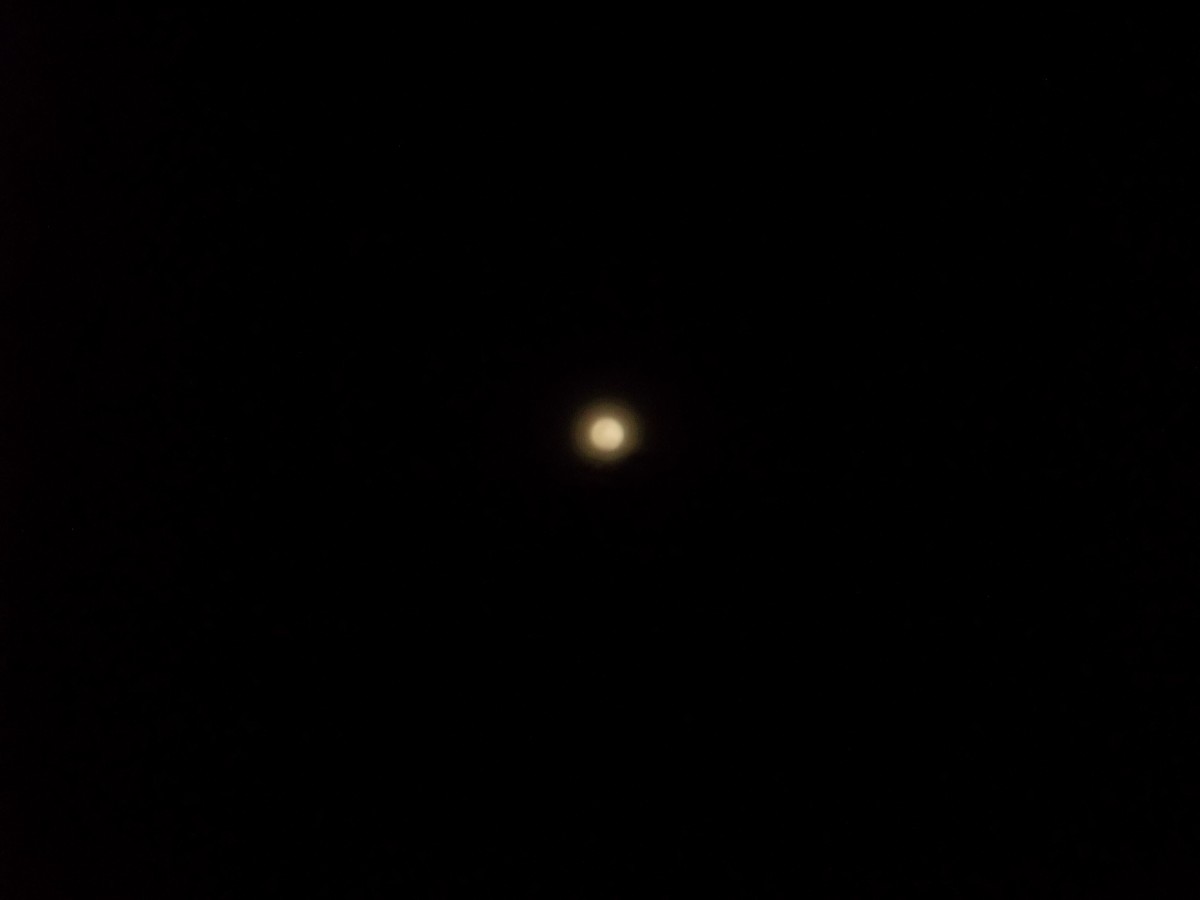Is Man a Sexual Matured Monkey Fetus?
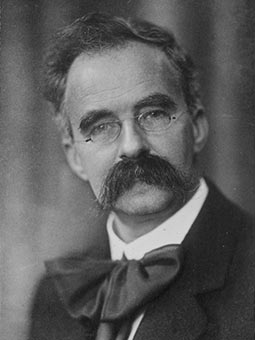
The Extraordinary Louis Bolk
Louis (Lodewijk) Bolk was born in 1866 in Overschie, near Rotterdam. In 1888 he moved to Amsterdam to study medicine.
Louis Bolk turns out to be a typical man of science, with special interest in biological questions.
From 1892 he is employed in the laboratory of the anatomist Georg Ruge. His research is closely linked to that of Ruge, which focuses on the evolution of limbs. In this period Bolk developed a bold theory that Man is a sexual mature monkey fetus.
In 1898 he follows Georg Ruge as Professor of Anatomy in Amsterdam.
The human body can be understood as an instrument of freedom, because morphology is completely and essentially polarized.
— Louis Bolk InstituteChimpanzees, Gorillas and Orangutans
Louis Bolk became famous with his alternative theory of the Evolution of Man. In that context, he focused on examining skeletons, skulls and preparations of monkeys.
He noticed that the Human species looks more like young chimpanzees, gorillas and orangutans than like adult apes.
His conclusion was: the Human specie must have originated from an ancestor who looked like a big monkey newborn child.
Louis Bolk launched his fetalization- or retardation theory, summarized in the statement Man is a sexual mature monkey fetus.
This is no joke, this was serious scientific work that has never been refuted, up to the present day.
Besides being a brilliant researcher is Louis Bolk a real museum anatomist. He adds over three thousand preparations to the academic museum collection. That made him the main collector of Museum Vrolik.
Bolk's collection
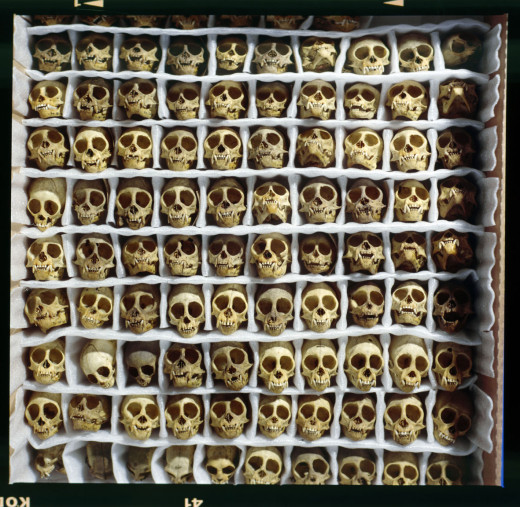
Development of Teeth
Bolk regarded the Human specie as an immature ape, given the long growth into adulthood, the general lack of hair and the partly remaining cranial sutures.
One of Bolks arguments was related to the development of the teeth. The baby teeth in apes break through shortly after birth. Once the primary teeth are completed, shortly after the breakthrough of the second false tooth, dentition starts with the appearance of the first permanent molar.
The milk teeth in the next period replaced by the permanent and more or less final third molar, which we call wisdom teeth, appears immediately after the replacement of the canine. In humans however, the wisdom teeth often break through very late or never break through at all. This process is called retardation - delayed time switches.
It appears that the development of the third molar in Humans delays more and more until it eventually no longer breaks through. How long this will take is unknown.
Many other phenomena point out that humans, compared to other primates, go through a long and delayed process of development - that Bolk called the fetalization theory.
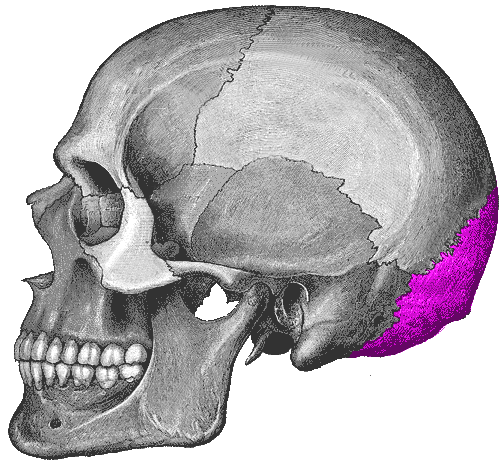
Theory of Recapitulation
Bolk was a staunch supporter of the theory of recapitulation, but was not a Darwinist.
He was convinced that the direction of development is determined by factors that are laid down in every living organism. Such factors could distort an organism in a harmonious manner. Bolk didn't accept the available evidence that organisms would adapt under the influence of natural selection. Boldly enough did science still not delivered unambiguous evidence, besides assumptions.
Take for example the location of the occipital at the bottom of the human skull. The particular position was in Bolk's eyes due to a fixed angle between the skull base and nasal construction, which is a real fetal characteristic, that had nothing to do with the upright gait.
Ernst Haeckel didn't agree with Louis Bolk, who developed the Recapitulation theory in 1875. This theory states that we can observe from the successive stages of a developing animal how successively the primal ancestor of a species looked like.
The theory of Ernst Haeckel is summarized in the biogenetic law, which states that the development of an individual is a recapitulation or repetition of an evolution of the species.
There has been much criticism of Haeckel's biogenetic law, especially from Walter Garstang, who pointed out that the evolution of metazoans is not a series of adult forms, but the result of ever-changing life cycles, called Phylogeny, which is an endless series of successful developments.
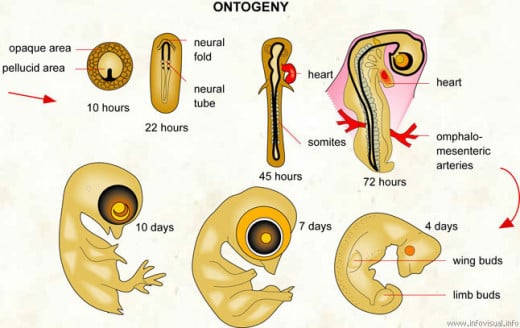
Ontogeny
Gavin de Beer (1899 - 1972), a British evolutionary embryologist, has shown that the order in which features in the phylogeny occur is by no means exactly reflected in the ontogeny - the origin and development of an individual organism from embryo to adult.
For example in mammals, the tongue is created earlier than the teeth, but in other vertebrates such as reptiles, the teeth arise earlier.
There is even more critics on the biogenetic law. Critics object that if this law would be applicable, then the common ancestor of apes and humans would have been a strange 'halfhearted' animal, which was firmly attached to his mother with an umbilical cord during its adult life.
De Beer stresses that ontogeny in each new generation is the result of the interaction between fixed genetic factors, and a wide variety of environmental factors, which determine the expression of the genotype in the course of its development.
Hereditary factors are not all determining. For example adding magnesium chloride to the habitat (in the water) of Aphanius iberus (toothcarp) in which eggs develop results in changes in development - the fish from the hatched eggs develop only one eye.
No part of the body is the result of purely environmental factors or only the hereditary information. Characteristics of adult forms are responses to environmental factors and each generation will provide those answers again during its development.
But how this process of adaption works is still a mystery.
Fetalization is a Harmonious Process
In Bolks vision a single hormonal change underlies the delay of the entire growth pattern. Which leads to extremely slow growth of body parts and differentiations. This was actually an incisive observation that's still not fully understood by mainstream science.
There are not many objections to make against the theory of Bolk. The main objection is that he defends the fetalization of man as one harmonious process that affects all human characteristics in about equal measure. He doesn't reject the role of natural selection fully, but doesn't recognize it as significant either.
In this he could be right.
In my opinion Bolk could have laid an early trail to understanding of morphogenetic fields.
What is Left of Bolk's Theory?
Humans are not only pedomorph - an organism that retains juvenile characteristics in the adult form. In comparison with its immediate relatives is human growth characterized by delay and retardation.
In a study, in which 150 marking points in the development of the human being in comparison with that of the mouse, it was found that the order in which these features appear in the human is exactly the same as in the mouse. But only in time and duration they do not match.
Early stages in Human development appear two to four times later, while later stages take up between five to fifteen times as long. As delayed development applies for all primates, Human development is much slower.
The morphologist Adolf Portmann believed there is a trend that exists in all mammals of a large numbers fast-growing, yet totally helpless newborns to a smaller numbers of highly developed newborns. A newborn cow runs within a half an hour after birth along in the herd. Man is the only exception to this rule.
A Human baby is totally helpless and underdeveloped, which is a result of our extremely early birth. Gestation should last at least 21 months, according to Portmann. The growth rate of the fetal brains continues to one year after birth. Early birth is a necessary adaptation to the continued growth period regarding the construction of the female body.
Bolk's interesting theory has been forgotten by science, trampled by the magical word genetics and manipulation but interesting enough his theory is never refuted. Many scientists confirmed the viability of Bolk's theory, despite the consequences it could have. It would mean that evolution of man and apes might expired otherwise.
It looks like that Bolk's theory has more veracity than it seems at first sight. And that's interesting.
© 2014 by Buildreps
Good Reads
- Louis Bolk - Morphological Anatomy from a Phenomenological Point of View
The human body can be understood as an instrument of freedom, because morphology is completely and essentially polarized.
